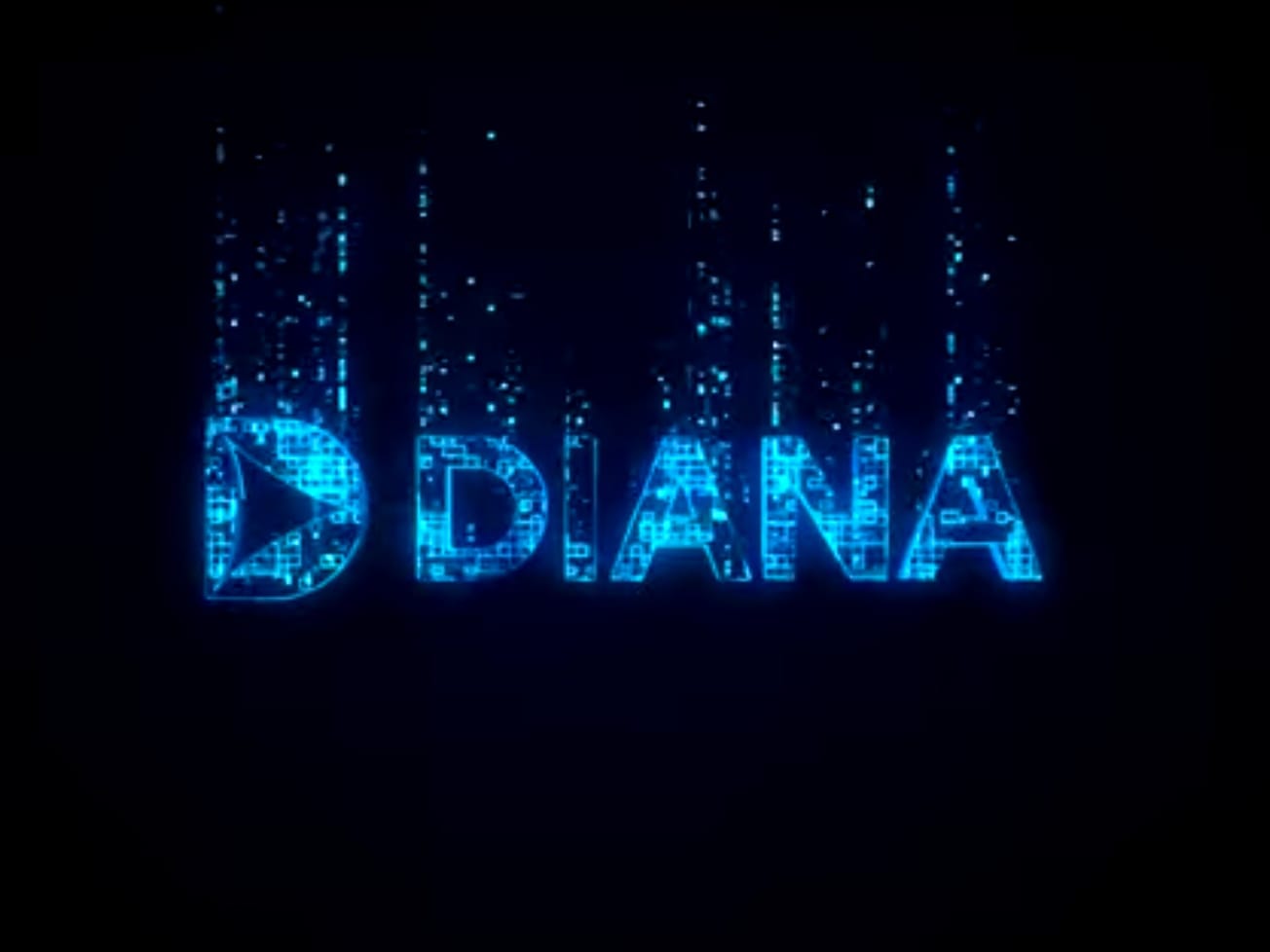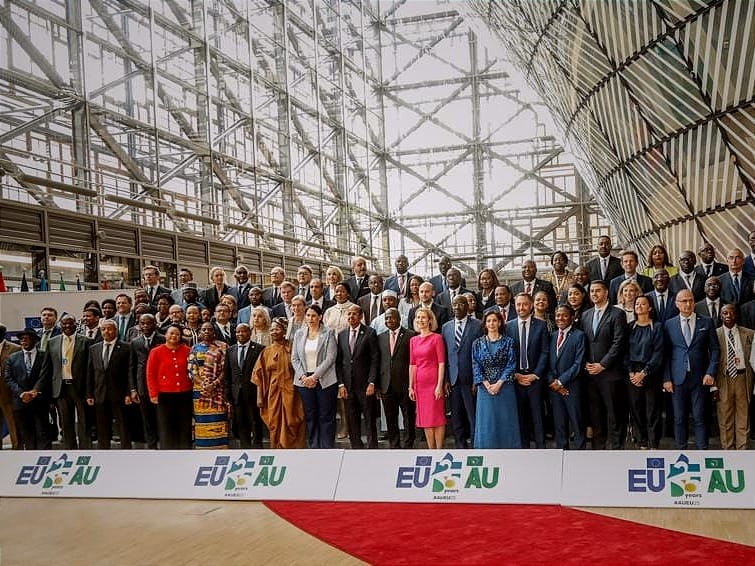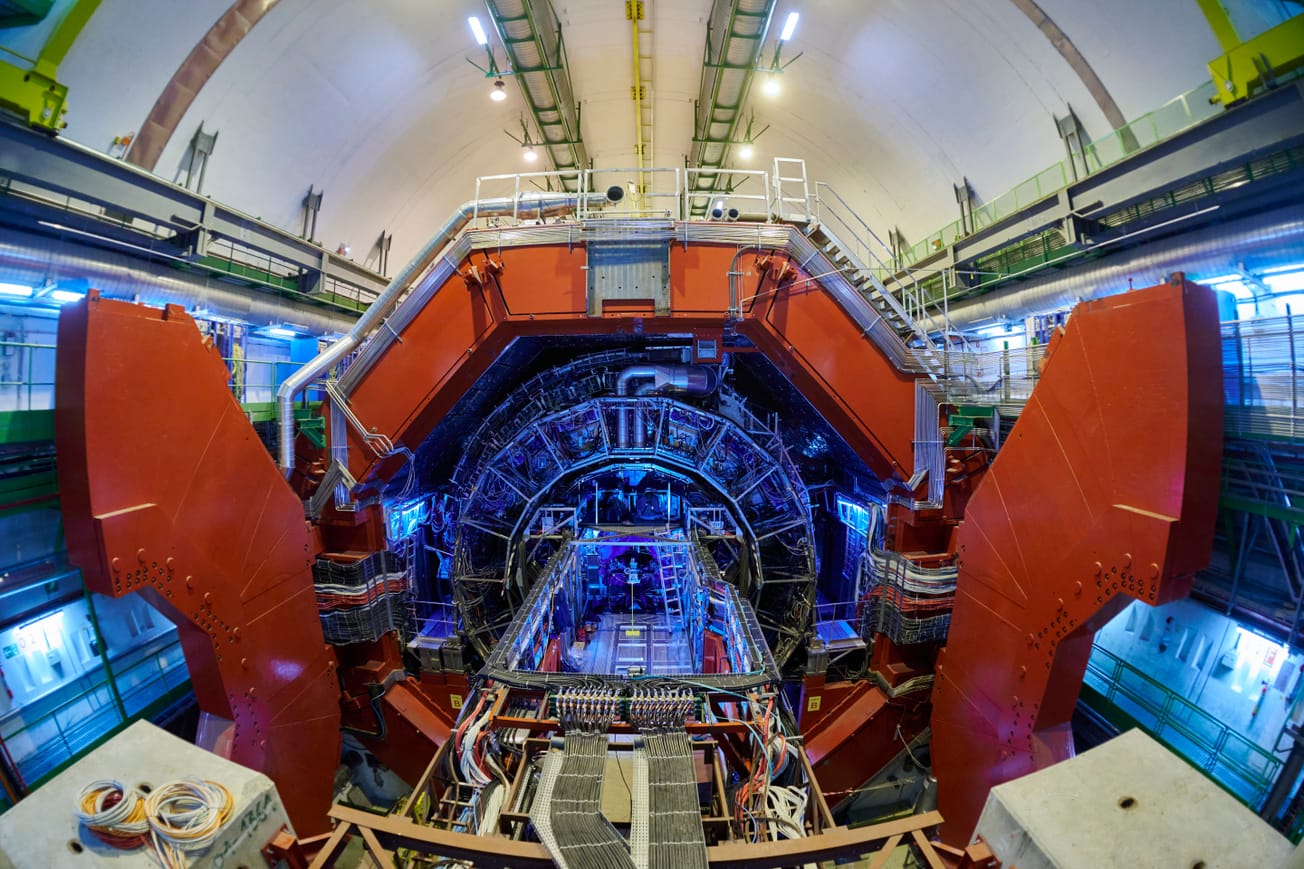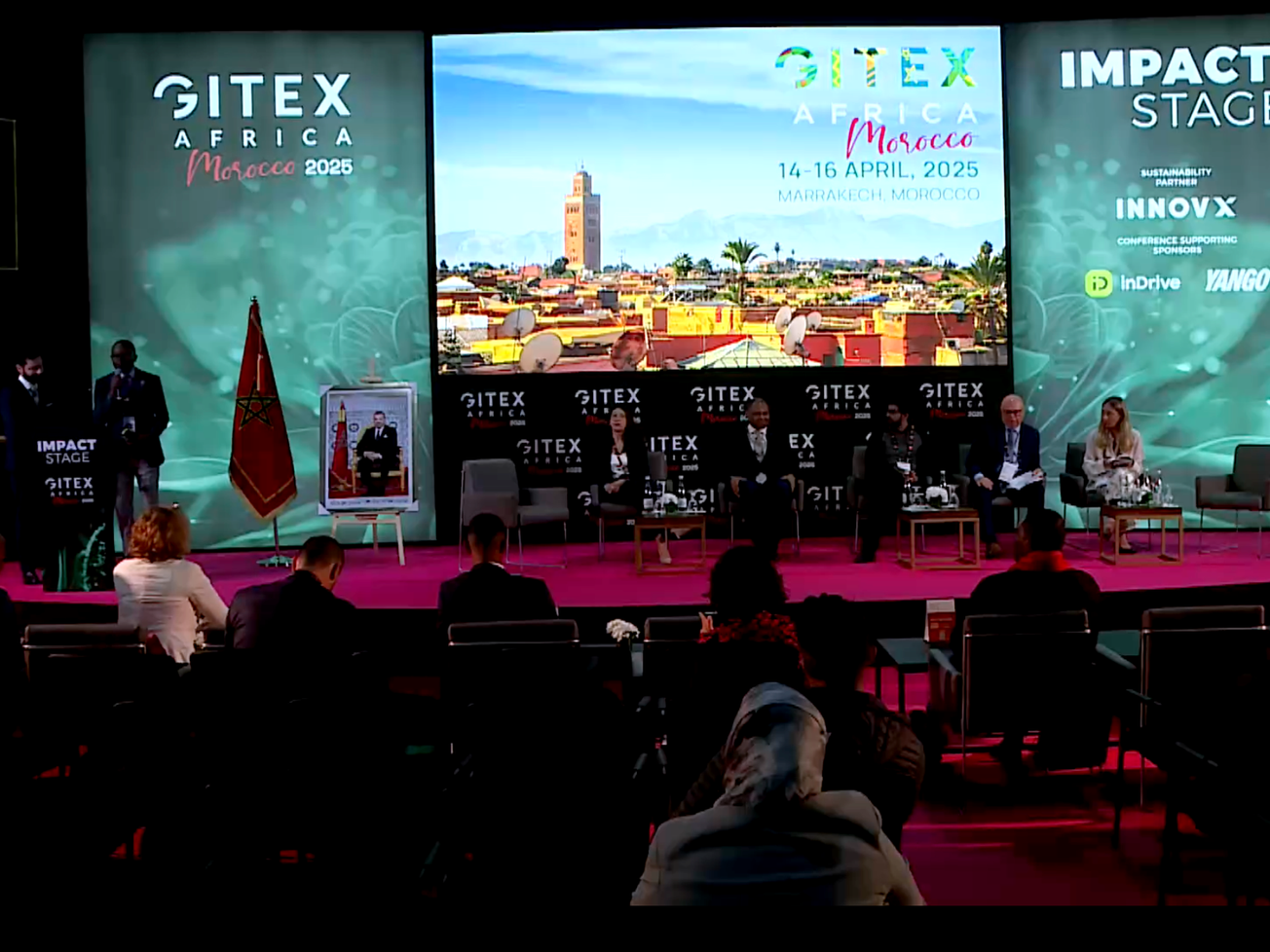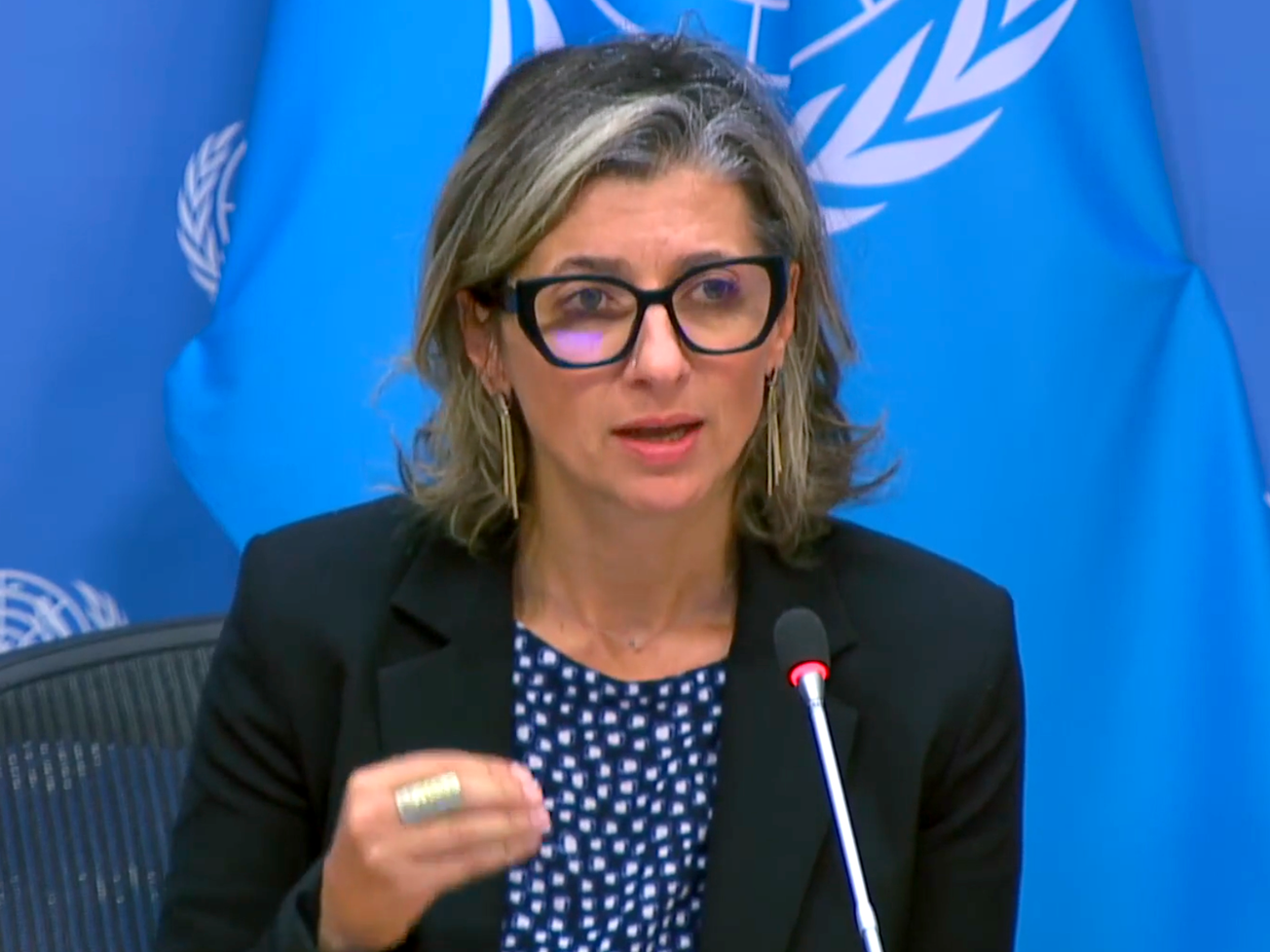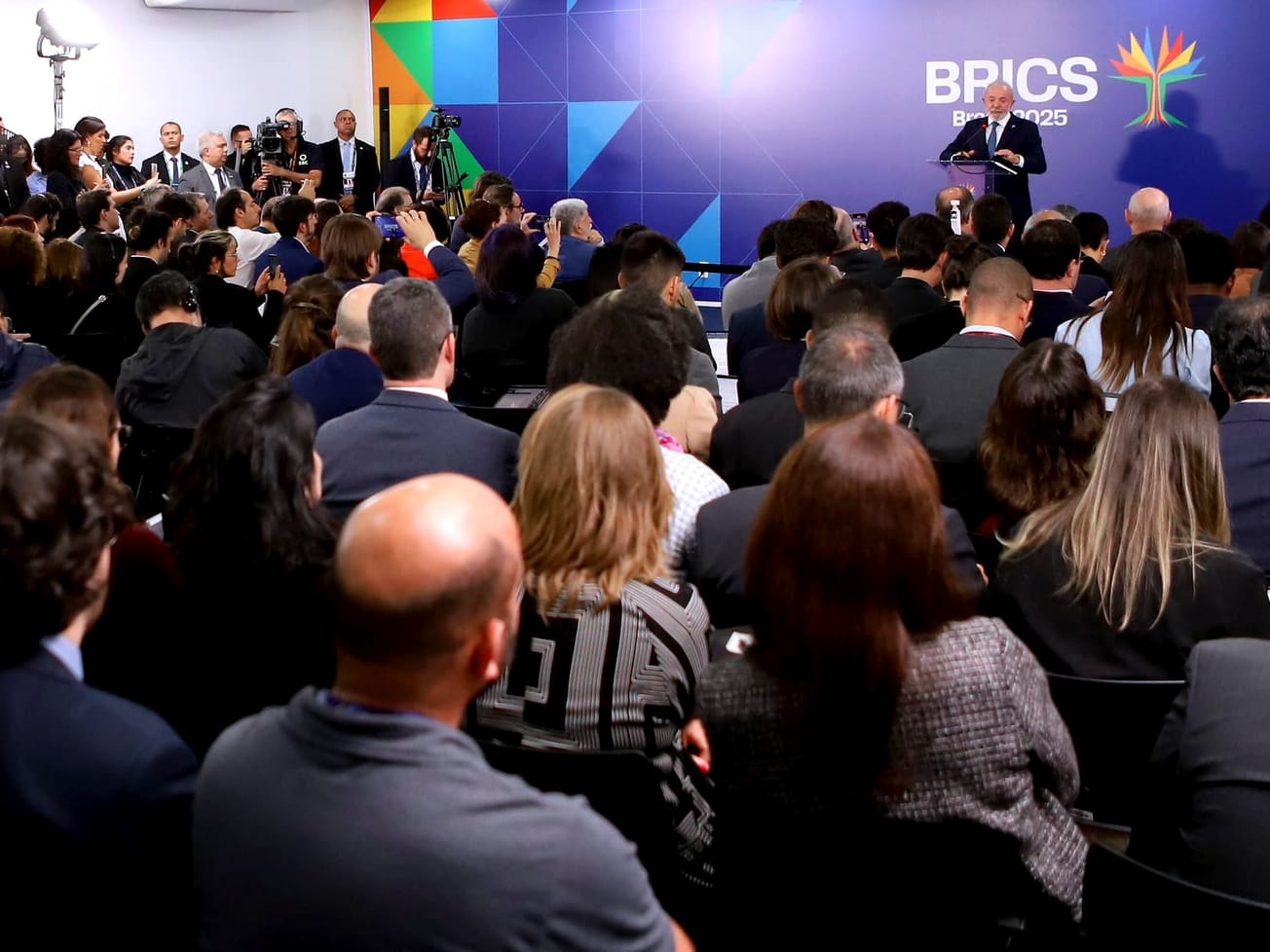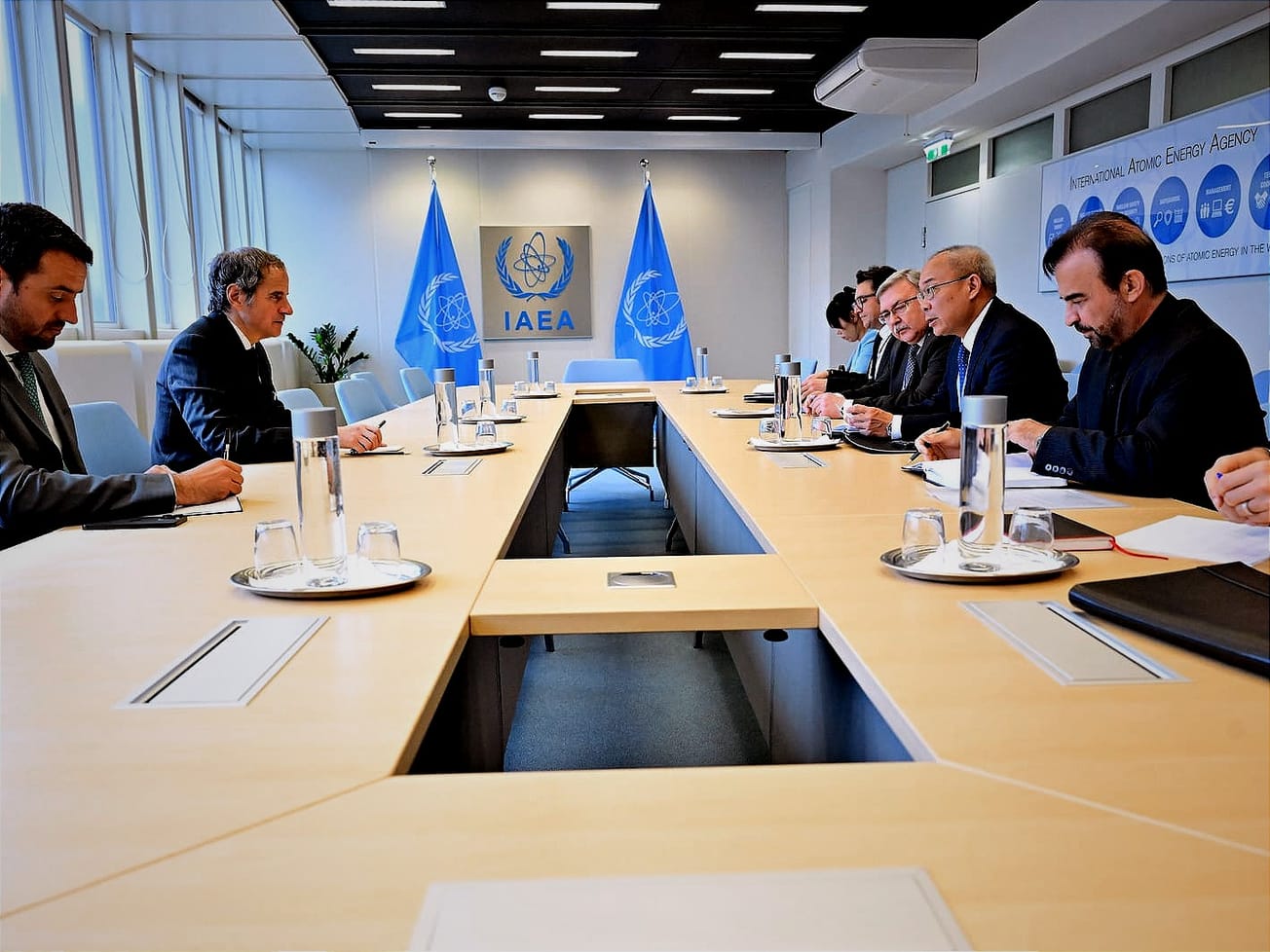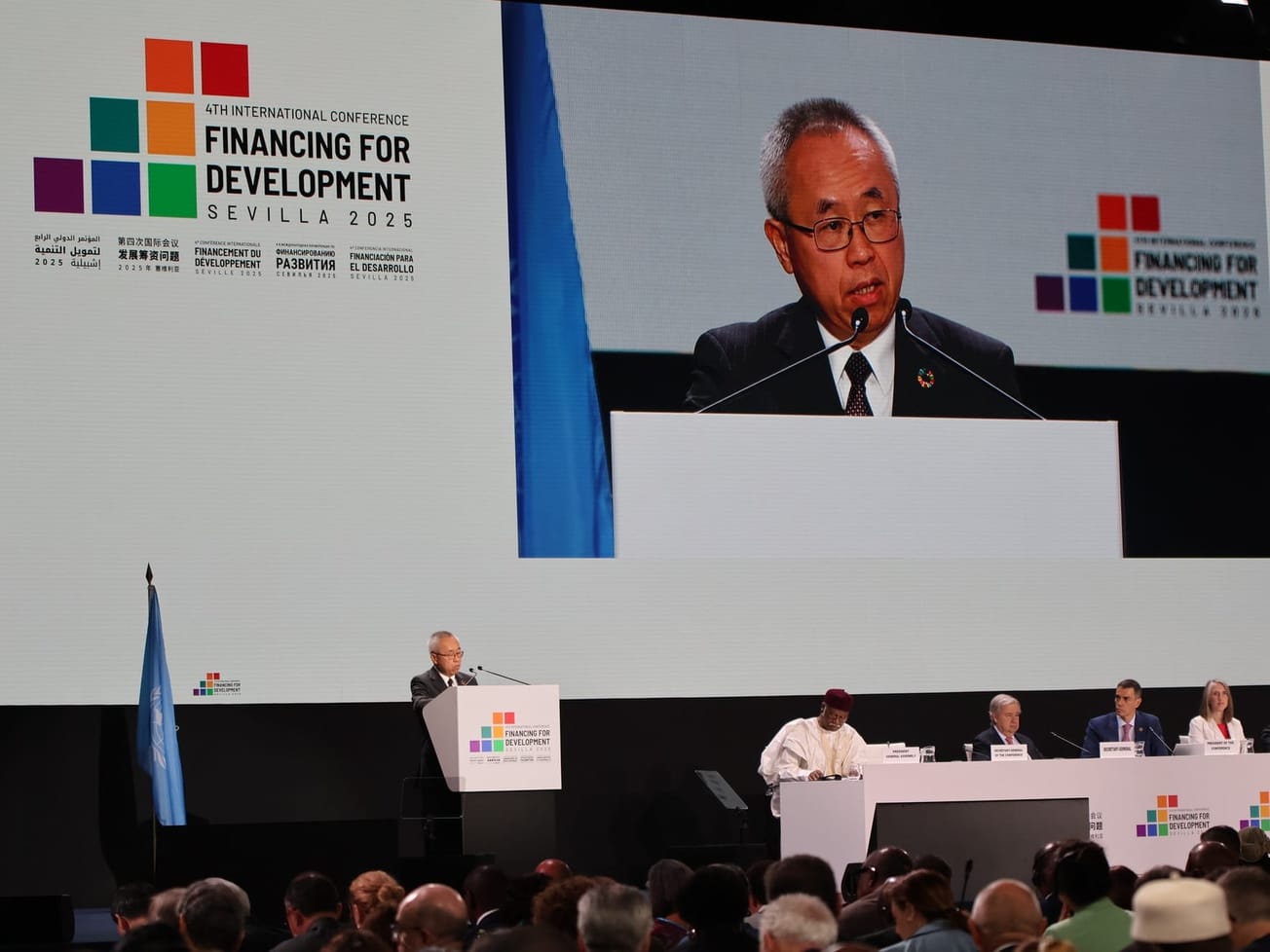TRIER, Germany (AN) – NATO’s architects of war call it DIANA but perhaps JANUS would have been more appropriate. Operating mainly under the radar, DIANA's handlers will pour more than a billion government dollars into developing new dual-use technologies that can be used to make war when needed and to make money from commerce the rest of the time.
NATO’s new technology accelerator shares its name with a Roman and Greek virgin goddess who was a patroness of hunters and the countryside and a protector of childbirth. The two-faced Roman god Janus presided over war and peace.

